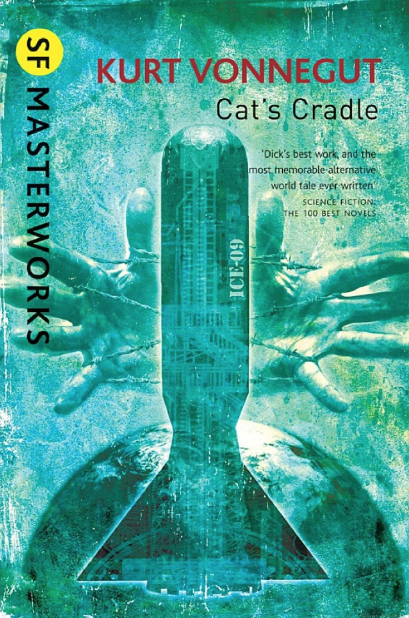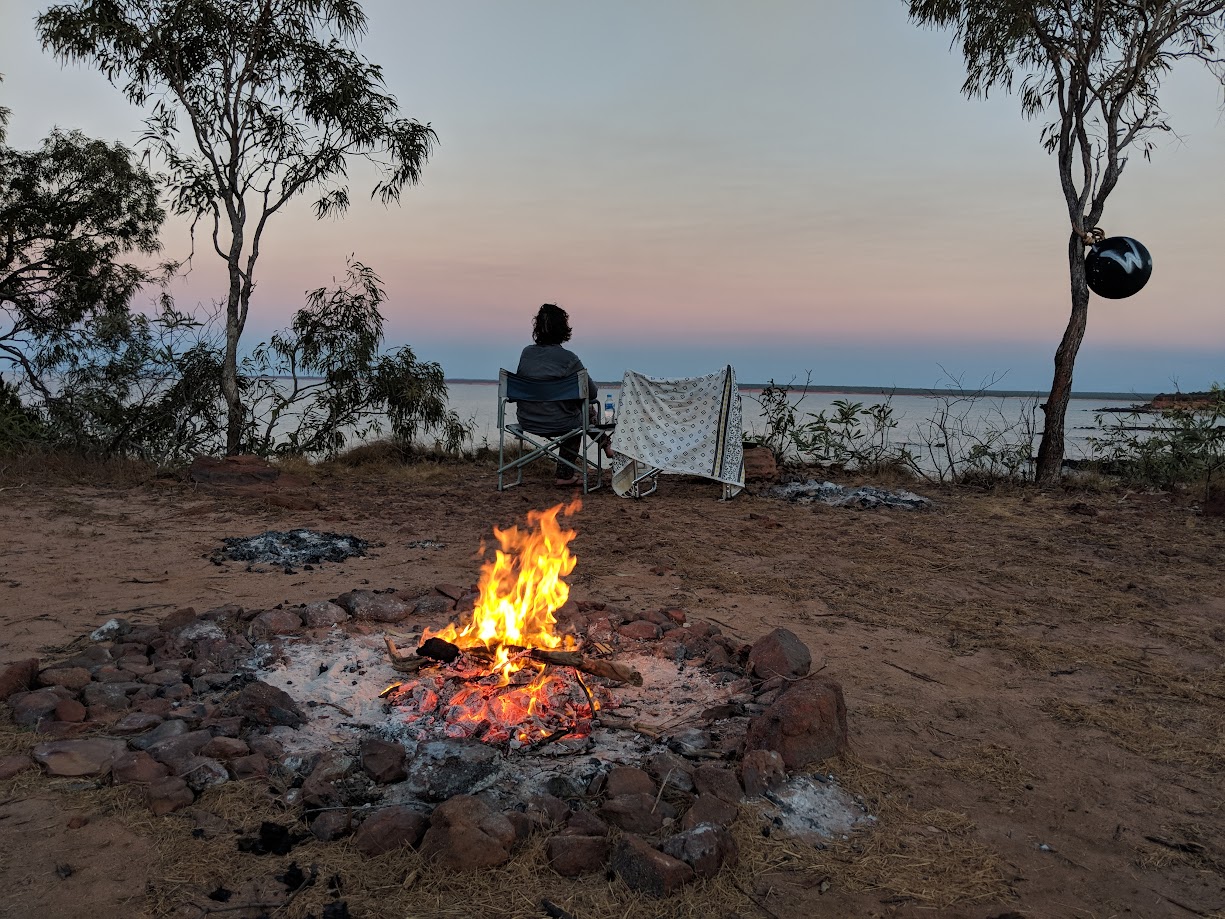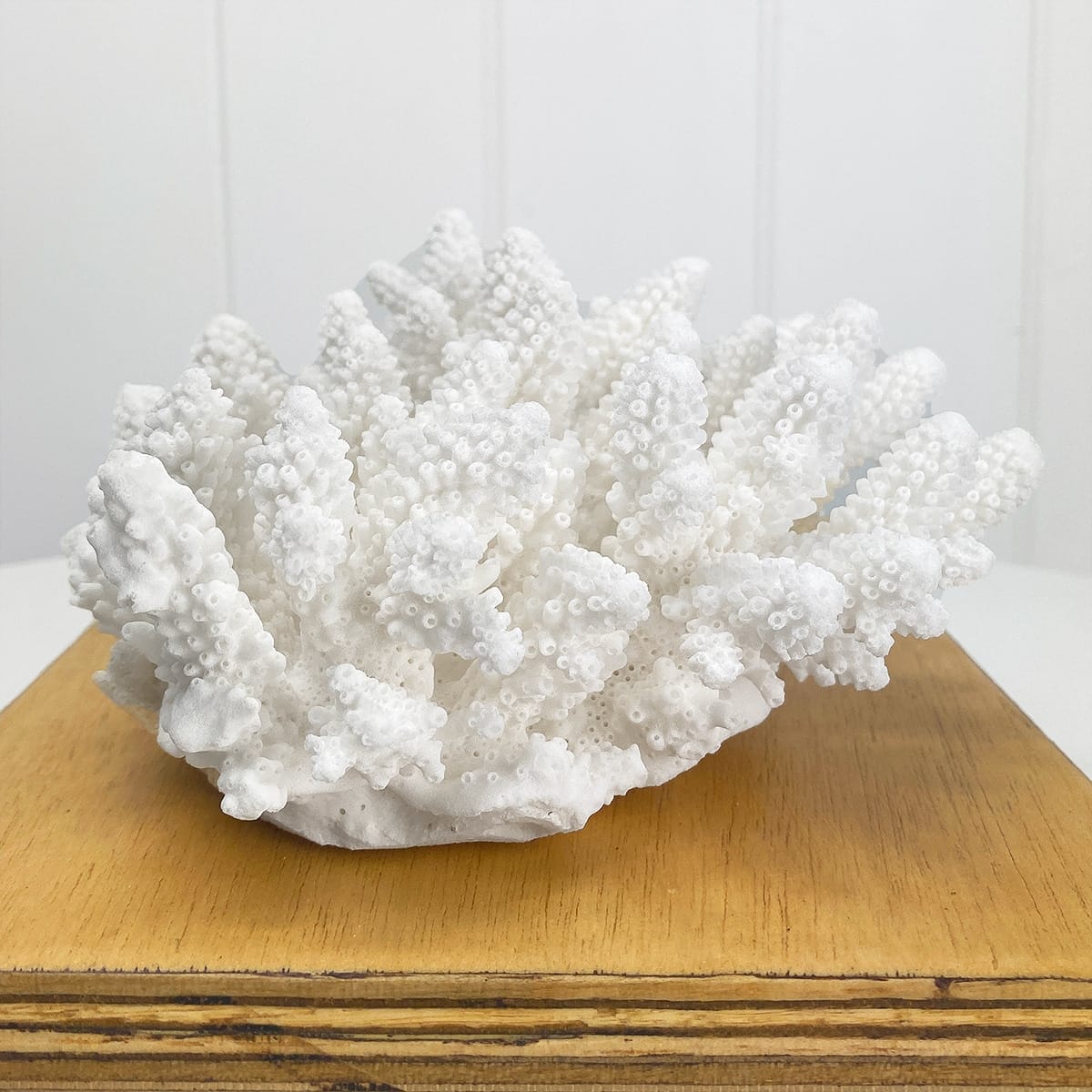Part 3 - Development For Primary Students
The reef and its connections provide plentiful opportunities to explore the key ideas across the Sustainability priority; systems, world views, and futures. The inquiry unit could also be developed to include other areas of the curriculum including the Arts and foundational HaSS ideas, as well as the general capabilities of critical and creative thinking and ethical understanding (ACARA, 2025). Based on the content I would suggest the unit is best aimed at upper primary students, years 5 and 6. The aim of the unit is to foster a critical view on how the reef is used, creative solutions to how it can be protected, and ethical engagement and discussion of how the decisions we make affect the users through a place-based, arts-integrated inquiry approach.
At year 6 the HaSS learning area emphasizes students understanding of concepts such as; continuity and change, cause and effect, interconnections, rights, responsibilities, as well as perspectives and action. By utilising a place-based approach this unit can “enrich and broaden” the students understanding of their social, cultural, and economic connection to the big idea (Preston, 2015). Within the framework of this big idea students can explore these concepts through open questions such as “what is the responsibility of the average person to protect the reef?”, before performing the necessary research, analysis and reflection to find and answer and finally communicate their conclusions in a meaningful way (ACARA, 2025) (ACHASSI122- 133). By engaging the local community students could be exposed to different perspectives through excursion or incursion on answers to their questions from local Aboriginal or Torres Strait Islander Groups, Tourism Operators, Scientists & Researchers, or government authorities. Students could be given the option to participate in an AuSSI linked project, directly exposing them to sustainability in action and kickstarting their understanding of the later civics and citizenship stream in HaSS (Henderson & Tudball, 2016). A number of curriculum descriptors could be
The five forms of the arts can be integrated with the above ideas across the making and responding strands. Arts can both challenge the preconceived notions of the learners as well as provide opportunities to integrate multiple ways of learning in a complex and contentious learning area such as sustainability (Lehtonen et al., 2020). An example of this in the classroom context may be utilising drama to explore the various stakeholder perspectives on the uses of the reef and how the impacts of decisions may affect them. Alternatively, learners might utilize dance and music to express the perspectives of creatures on the reef affected by decisions that humans have made exploring their bodily-kinaesthetic awareness and embodiment (Sinclair et al., 2017, p105) or utilize a community link to understand the cultural importance of the reef to the local Aboriginal and Torres Strait Islander peoples (Sinclair et al., 2017, p. 151). By integrating multiple forms of the arts into the unit we can display to learners that we value different approaches and intelligences in their sustainability education. The sense of place is more than just knowing where you are on a map, there are things that cannot be taught in a traditional intellectual way. By utilizing multiple art perspectives we deepen the learners sense of, and engagement to, their own sense of place as well as encouraging students to protect, care for, and conserve their environment (Everett et al., 2009).
Other curriculum areas that could be developed in this unit include; Aboriginal and Torres Strait Islander histories and cultures, ethical understanding, and critical and creative thinking. By engaging in the artwork, stories and possible visits from local ATSI peoples, students can begin to understand how the reef was interacted with pre and post European settlement as well as developing an idea of how important sea-country is to these peoples and their individual identities (Tudball et al., 2024p. 399-404). Ethically, this unit almost insists that students engage with diverse perspectives of conflicting reef user groups, challenging students to explore the moral, social, and economic problems, this could be furthered by asking them to make and justify ethical decisions about the future of the reef while reflecting and critiquing the decisions of their peers (ACARA, 2025). In a similar vein, students will be placed in situations in this unit that will require them to utilise the critical and creative thinking skills, exploring the big idea and conflicting perspectives before using their creative thinking skills to propose solutions and create art.


